Learn to identify different chili peppers with detailed photos, heat levels, and key characteristics. This comprehensive guide helps you distinguish between varieties based on shape, color, heat level, and usage. Each pepper type includes high-quality images and clear identification tips to ensure you choose the perfect pepper for your cooking needs.
Chili Pepper Types & Identification Guide
With hundreds of chili pepper varieties worldwide, identifying them can be challenging. This guide provides visual comparisons, Scoville heat measurements, and key identification features for the most common types:
| Chili Pepper Type | Heat Level (Scoville) | Key Identification Features | Best Uses |
|---|---|---|---|
| Habanero | 100,000 - 350,000 | 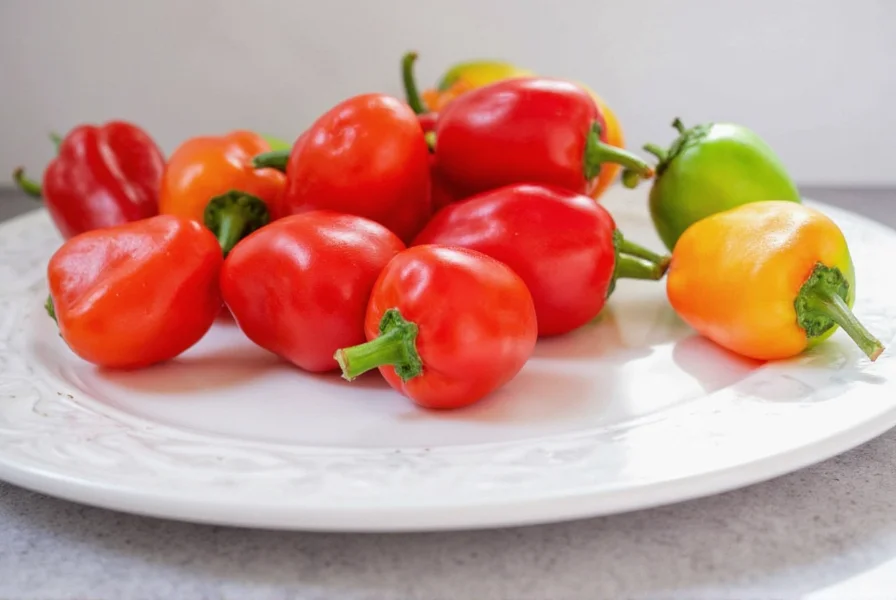 Small lantern-shaped pepper with smooth orange or red skin. Thin walls and distinctive fruity aroma. |
Hot sauces, Caribbean dishes, salsas, marinades |
| Jalapeño | 2,500 - 8,000 | 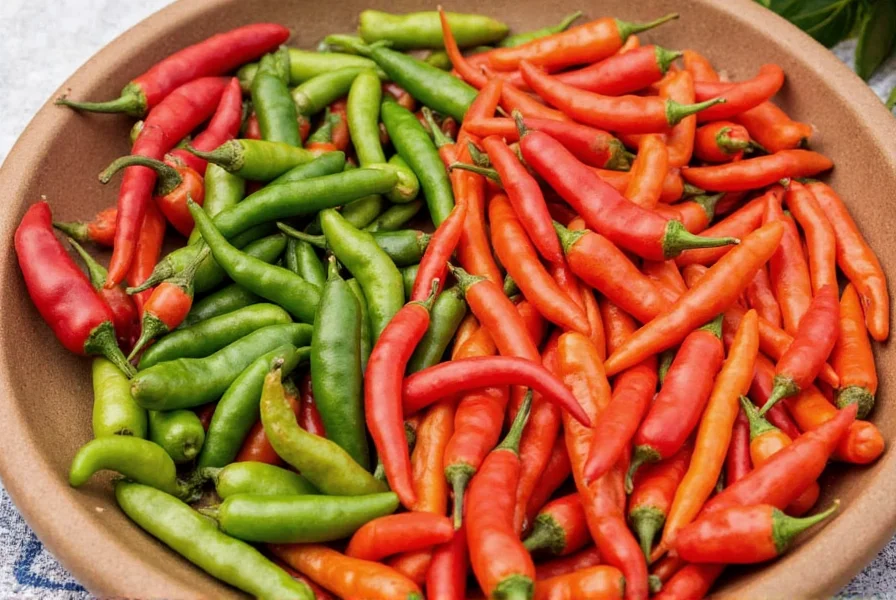 2-3 inches long with smooth green skin (turns red when ripe). Firm texture and mild, grassy flavor. |
Tacos, guacamole, salsa, stuffed peppers |
| Serrano | 10,000 - 25,000 | 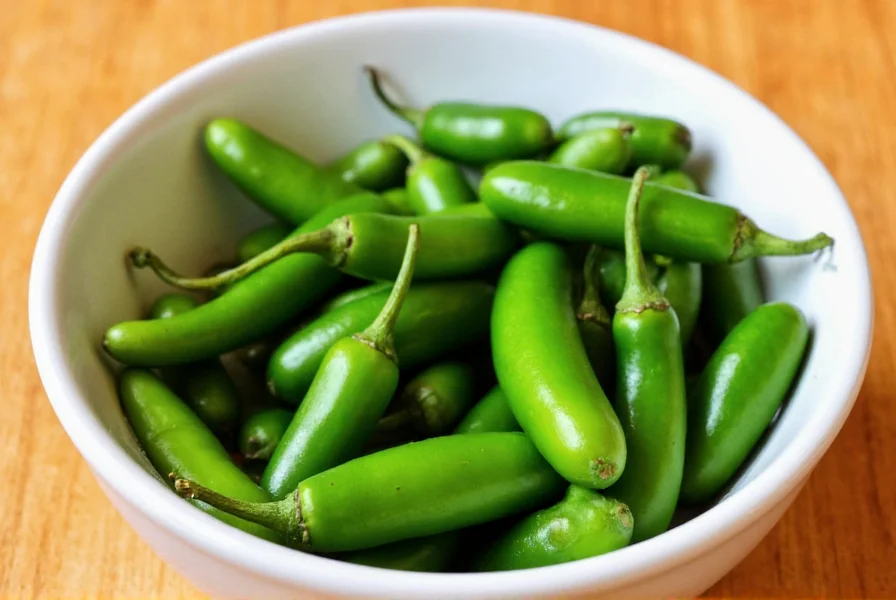 Slender 1-2 inch peppers with bright green skin and crisp texture. Noticeably thinner than jalapeños. |
Mexican salsas, pickling, fresh garnishes |
| Ghost Pepper | 850,000 - 1,041,450 | 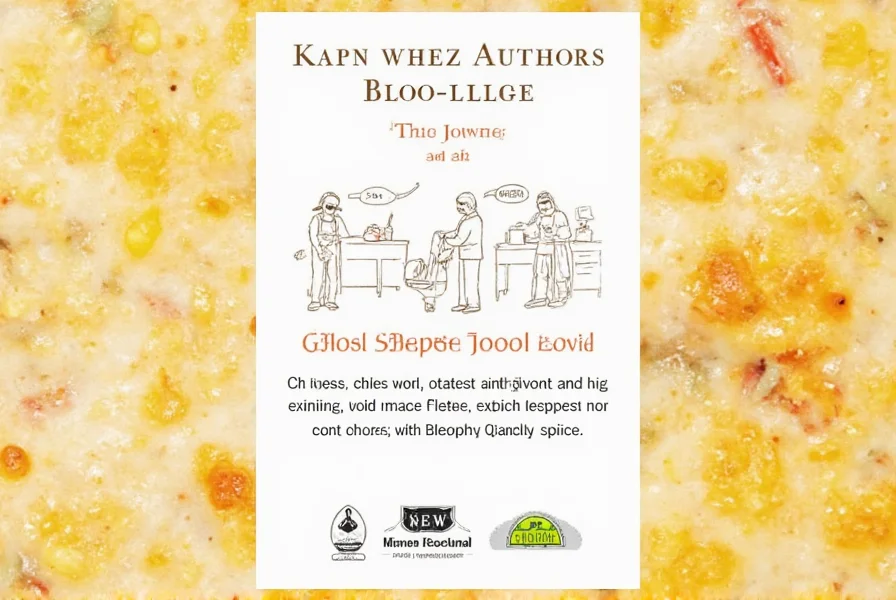 Wrinkled orange-red skin with irregular shape. Distinctive smoky aroma and extreme heat. |
Extreme hot sauces, culinary challenges (use sparingly) |
| Bell Pepper | 0 - 100 | 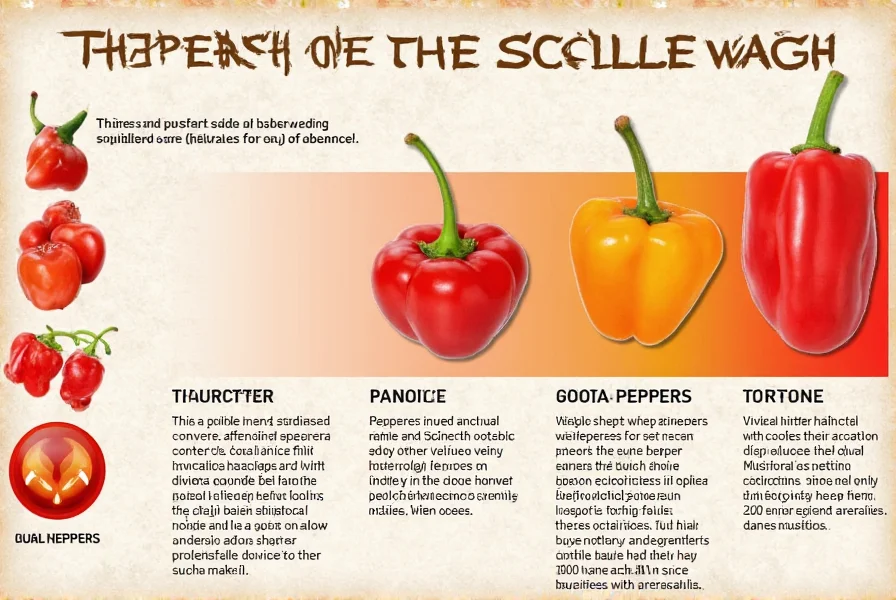 Large blocky shape with glossy skin (green, red, yellow, or purple). No heat and sweet flavor. |
Salads, roasting, stuffing, color accents |
Practical Tips for Identifying Chili Peppers
When examining chili peppers, consider these key identification factors:
- Shape & Size: Habaneros are lantern-shaped, jalapeños are cylindrical, and bell peppers are blocky. Measure length for precise identification.
- Color Changes: Most peppers change color as they ripen (green → red/orange). Riper peppers often have sweeter flavor and higher heat.
- Surface Texture: Ghost peppers have wrinkled skin, while serranos have smooth, shiny skin. Check for blemishes or soft spots.
- Stem & Cap: Some varieties have distinctive stem shapes or caps that help with identification.
Buying Guide: How to Choose the Right Chili Pepper
When shopping for chili peppers, consider these factors:
- Heat Level: Use the Scoville scale as your guide. For beginners, start with peppers under 10,000 SHU like jalapeños.
- Appearance: Look for firm, glossy peppers without wrinkles or soft spots. Avoid discolored or moldy areas.
- Seasonality: Some varieties like habaneros are seasonal, while jalapeños are available year-round.
- Intended Use: For sauces, choose peppers with high heat (ghost, habanero). For fresh salsas, jalapeños or serranos work best.
Frequently Asked Questions
How can I tell the difference between similar-looking chili peppers?
Focus on shape, size, and texture. For example, serranos are thinner and shorter than jalapeños with brighter green skin. Habaneros have distinctive lantern shapes with thin walls. Compare with chili pepper identification photos to spot these subtle differences.
Why do some chili peppers change color as they ripen?
Chili peppers change color due to pigment development. Chlorophyll (green) breaks down as peppers mature, revealing carotenoids (red/orange/yellow). Riper peppers typically have sweeter flavor and higher heat levels. A red jalapeño has been left on the plant longer than a green one, resulting in increased sweetness and heat.
What's the difference between Scoville units and measuring heat?
The Scoville scale measures capsaicin concentration using high-performance liquid chromatography. A bell pepper rates 0 SHU, while ghost peppers exceed 1 million SHU. This standardized scale helps compare heat levels across different pepper varieties.
Can I substitute one chili pepper for another in recipes?
Yes, but consider both heat level and flavor profile. For example, serranos can replace jalapeños for more heat, while Anaheim peppers work as milder substitutes for poblanos. Always start with less pepper when substituting and adjust to taste.
How do I handle extremely hot peppers safely?
Always wear gloves when handling peppers over 50,000 SHU. Work in a well-ventilated area, avoid touching your face, and wash hands thoroughly with soap. If exposed, use milk or yogurt to neutralize capsaicin burns.
Where can I find rare chili pepper varieties?
Rare varieties like Carolina reapers are available at specialty grocery stores, international markets, and online retailers. For accurate identification, consult agricultural extension services or reputable gardening websites that provide chili pepper identification photos for rare types.
Conclusion
Mastering chili pepper identification opens up endless culinary possibilities. By using visual cues, heat levels, and key characteristics, you can confidently choose the perfect pepper for any dish. Whether you're a beginner or experienced cook, this guide provides the tools to navigate the spicy world of chili peppers with confidence.

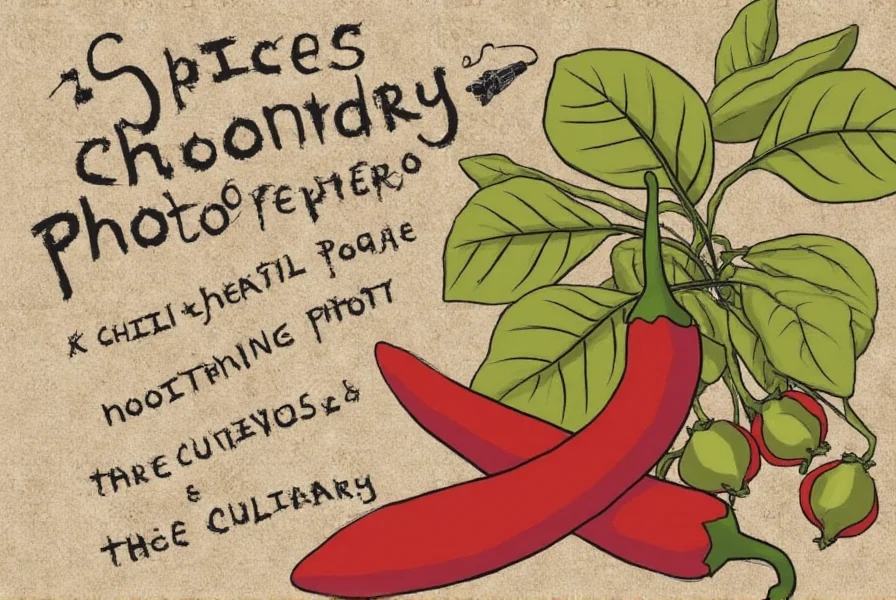









 浙公网安备
33010002000092号
浙公网安备
33010002000092号 浙B2-20120091-4
浙B2-20120091-4